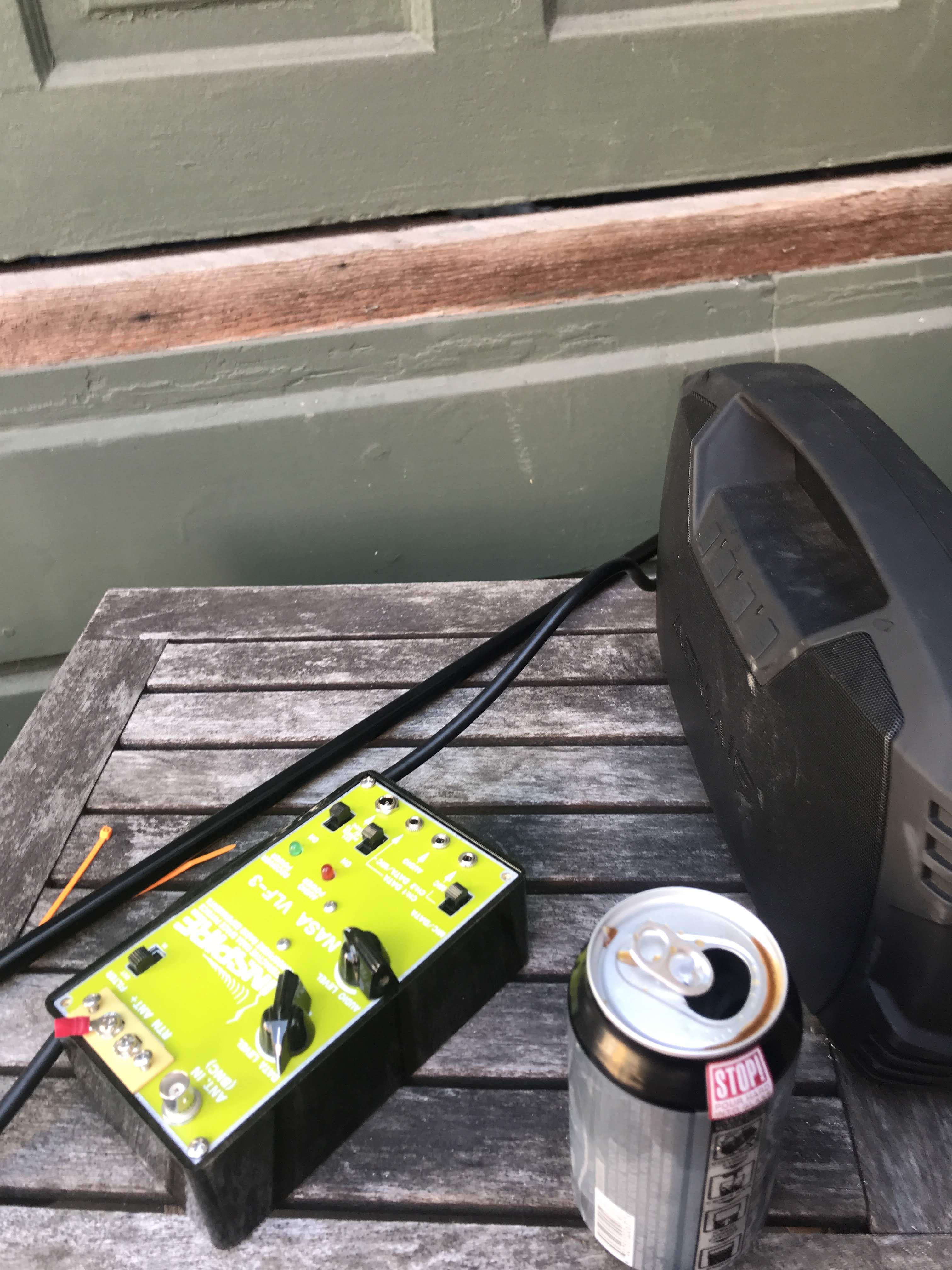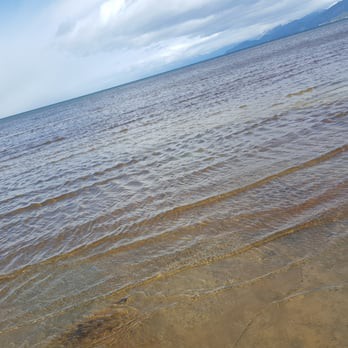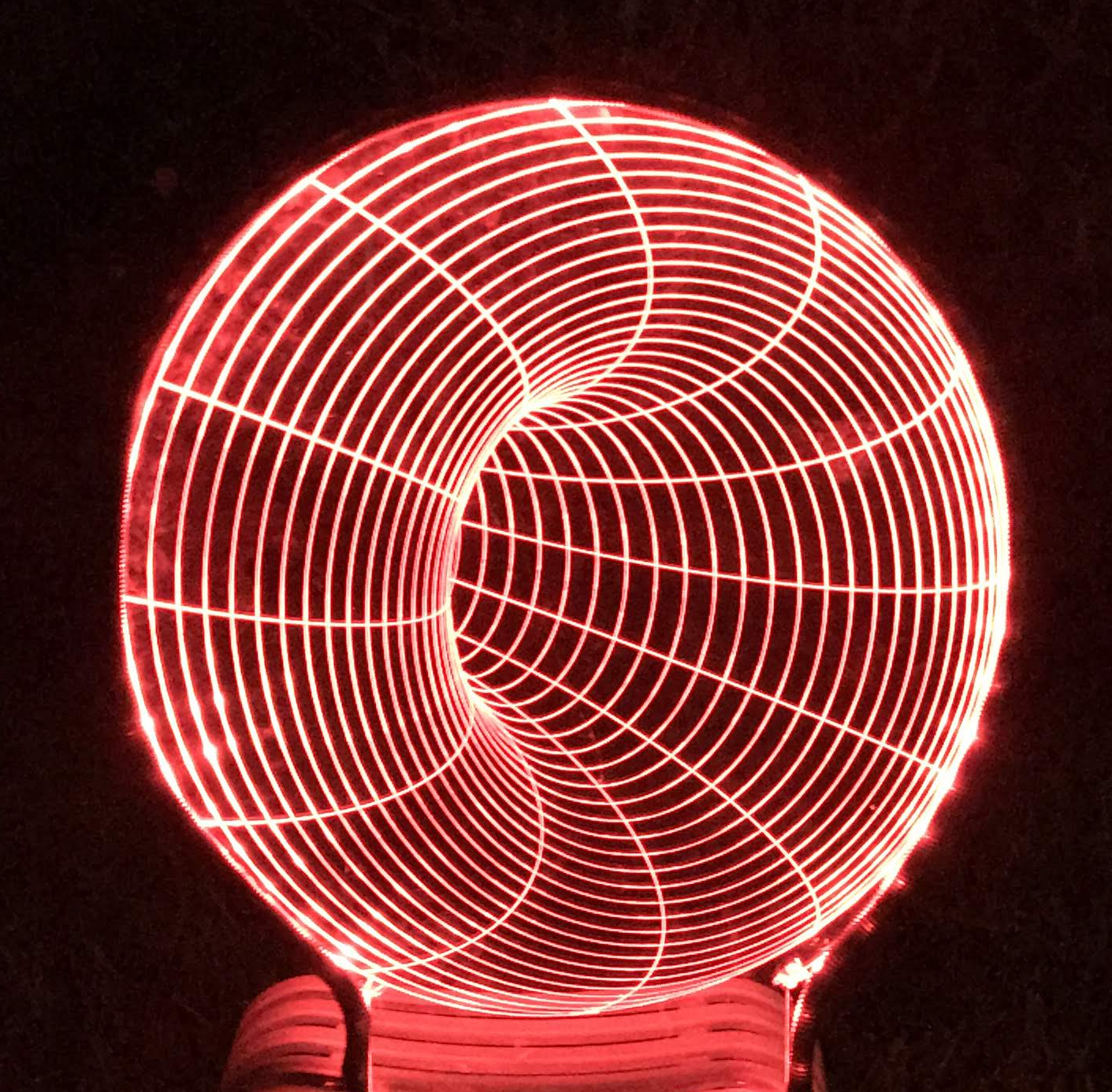-
A note on noise!
09/05/2018 at 03:58 • 0 commentsVLF radio is very sensitive to noise, which is both interesting and terrible the same time. One example would be when I set up the VLF radio about 100 meters away from a railroad track and a train went past. Yes it's definitely noise, but it was pretty interesting lots of weird sounds coming out from around the VLF spectrum from the railroad!
60Hz noise is hard to avoid, so it's good to be far away from these noise sources and I do think a 60Hz filter could be a great addition to the circuit design.
The other factor with VLF radio is that there can be very large gaps between anything interesting happening which in itself is not so bad, it's just that this does not make for a great live music performance. It more something where you might go record sounds, then integrate them into your music later.
-
Future Plans- magnetic loop antenna
09/05/2018 at 03:53 • 0 commentsFuture plans include building a magnetic loop antenna as these should be more robust to noise. There are lots of online plans of home built magnetic loop antennas like this one: http://www.vlf.it/feletti2/idealloop.html
A magnetic loop antenna is basically a hand wound inductor with a matched capacitor so an LC circuit. I have some old variable capacitors ready for this that I bought from Thailand on Ebay. They probably came out of some old radios. -
VLF Radio Testing
09/05/2018 at 03:46 • 0 commentsAfter putting together the NASA Inspire VLF3, I realised I was just getting a 60Hz hum as I live in the middle of the city - or was I? I went away to a more remote cabin with friends for a weekend where I intended to go somewhere remote and we tested the radio by a very deserted beach.
There is an app called SpectrumView on the app store that we used to check out whether or not we were getting a hum and what frequency it was at. It was quite useful in debugging problem. We noticed, that as we rotated the radio around the hum came and went. How strange! Anyway, it turned out to be a problem with how the radio was grounded, and the wire I was using to ground it had a coating on the outside despite appearing to look like copper. Once that was figured out, performance went up immediately! There are grounding rods you can get that a long and made of copper that you can plant in the ground - I highly recommend these to create a good ground.
The second area of improvement is the antenna. I started with a very short whip antenna just to see if I could get any signal, then moved to this Buddipole long telescopic whip antenna. 10ft sees like a reasonable length to be able to get the VLF signals yet still maintain a modicum of portability. This was the final design that works, though I have plans and dreams of magnetic loop antennas which should provide even better signal in noisy environments.
It should be noted the large body of water around Lake Tahoe also makes an excellent ground plane.
![]()
-
Acrylic Vortex Light Effect
09/05/2018 at 03:37 • 0 commentsI got a question about the acrylic light vortex and thought I'd create a log about it's creation. I was originally inspired by the signs that are in the hackerspace Noisebridge in San Francisco. They have an LED strip at the top, and acrylic is etched so that letters and shapes are illuminated. It looks great at night. I wanted to combine that effect with an optical illusion and thought of a vortex mesh shape.
I created some code in python to create a vortex which you can see here. Once I'd created the shape, and imported it into inkscape, I realised that the vortex shape had hidden surfaces which would make it not work with the laser cutter! Hidden Surface Removal turns out to be this classic problem when dealing with meshes in computational geometry. I happen to have two good friends who work professionally in the field of computational geometry, and they helped me with the code to remove the hidden surfaces. That's the story of the shape and how it came to be.
File types. Python goes to svg, open in inkscape to save as an .EPS format, then use the plugin pstoedit to finally convert to a dxf ready for the laser cutter. Phew! Wow. Anyway, it all works and is all using open source.
I then went to Tap Plastics, got a big sheet of acrylic and walked back to laser cut the design on the Kaitian CM1309. The LED light strip I used is really awesome and pretty cheap - Here is a link. I was pretty happy with how it turned out and would consider doing this process of doing any shape with python, then converting to a dxf for the laser cutter again.![]()
Natural Radio Music
Musical Project that converts low frequency waves from the magnetosphere into sound.
 jean
jean


